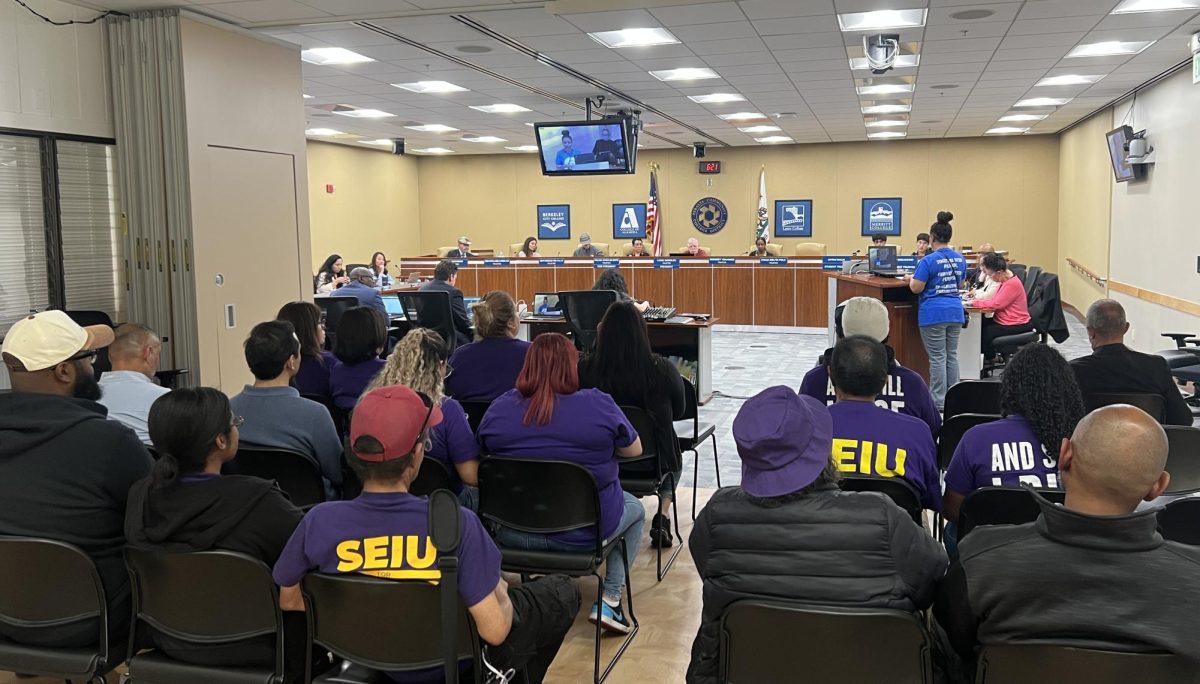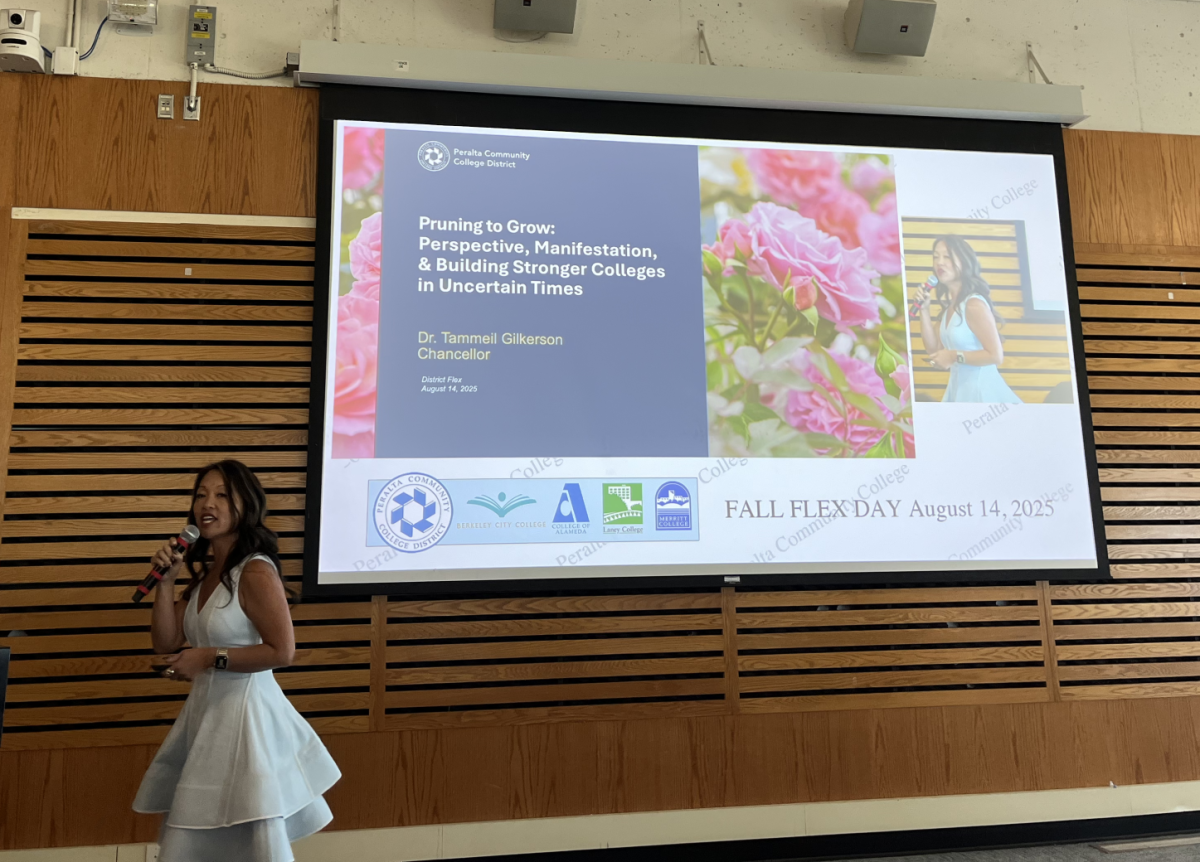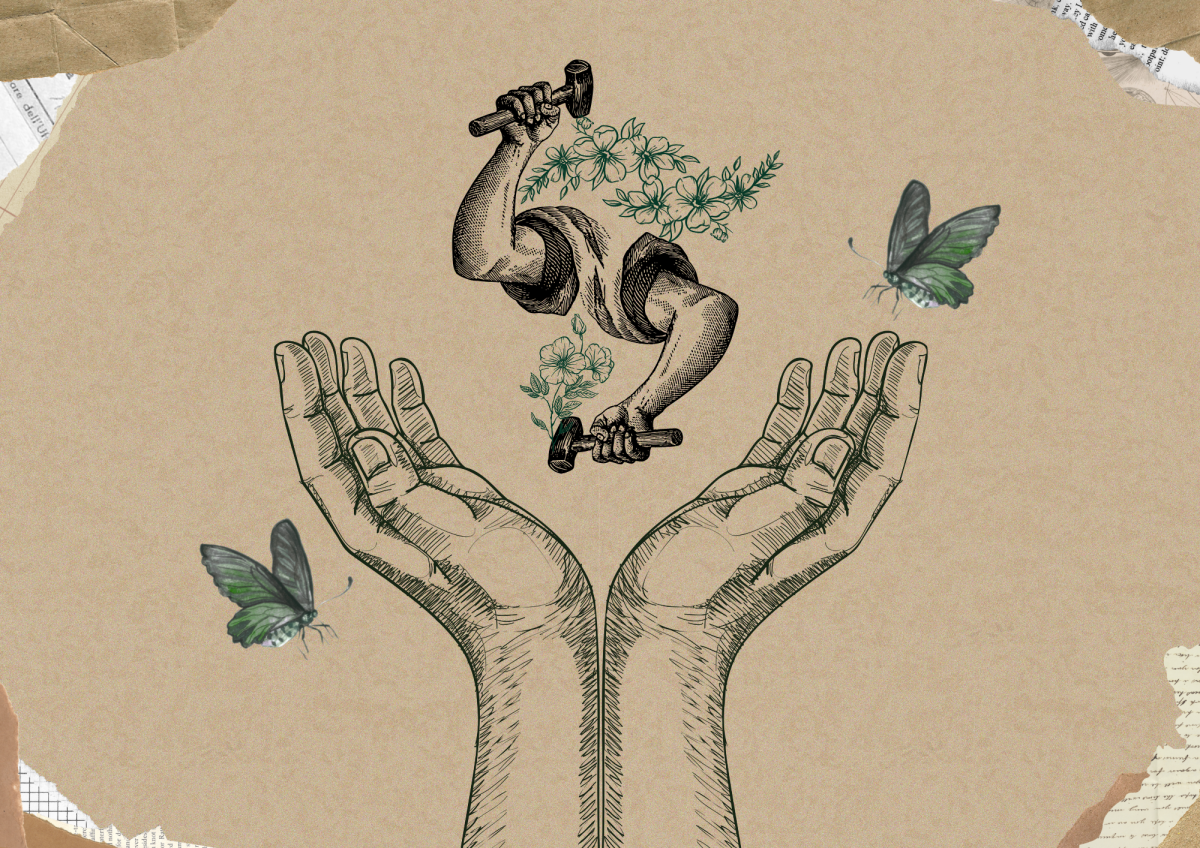
Movement is the brain’s first and most important language
PART 1:
by Thayer Robins
Humans are the only mammal born incapable of voluntary movement. As adults, we’re meant to have full control over voluntary muscles, but our brain has virtually no connection to these muscles at birth. Getting these connections built is a crucial task of early childhood.
The primary way this wiring happens is through movement. An infant, when excited, will wave arms and legs in a jerky, random manner. This floods their brain with sensation and stimulates tremendous neural activity, as the brain sorts out which sensation comes from which muscle, then lays down pathways that give it control of these muscles.
As muscles come under its control, the brain refines and strengthens its connections by practicing repetitive movements, for example rhythmically moving the foot left and right, or bending then straightening the knees.
In order to execute any useful movement (such as sitting up), the brain must coordinate the action of multiple muscles and muscle groups. By exploring (playing), the brain determines not only which muscles to engage but also the optimum force and speed at which each muscle acts, and the timing of each muscle’s participation.
The more efficiently the brain can organize this movement, the more likely the child will move with grace, coordination, and ultimately, confidence and strength. If organization is clunky and inefficient, the child not only will struggle with coordination but will be more prone to learning and behavioral challenges.
This is because the brain uses a neural pathway for multiple types of processing. When movement is inefficient, the execution of mental and emotional tasks that use that same pathway will be inefficient.
This process of wiring up through movement is how the brain develops the core infrastructure it needs for higher-level processing, including functions that comprise intelligence and personality. When this process is disrupted, it can affect everything about who we are and who we can become.
Unfortunately, disruptions are common. For example, the wiring up of muscles may be hampered if the child’s ability to move is limited by illness or injury, or by an environment that discourages movement. Poor organization can occur if a child is pushed to achieve a milestone (like standing) before the brain has done the necessary prep work.
Disruptions are also common later in life, for any time we allow movement to become restricted, we risk loss of neural pathways important for other aspects of brain function.
Such losses or deficits need not be permanent, for we never lose the ability to rewire our brains. Part 2 of this column will cover other aspects of movement and how to use it to change our brains for the better.
Thayer Robins is a Laney Tower staff writer.

























